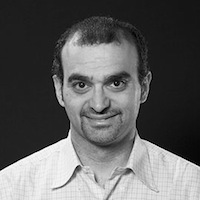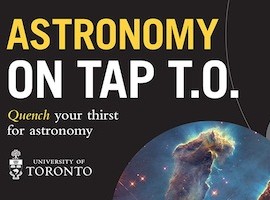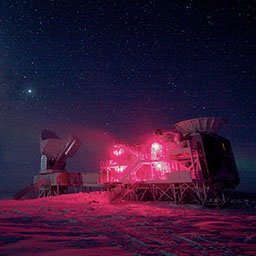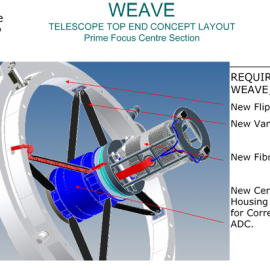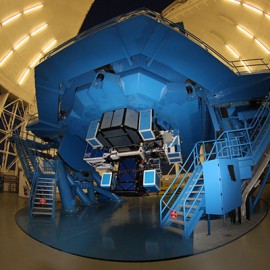For a decade, Prof. Keith Vanderlinde has built telescopes to study the Universe. Using technologies that have made cell phones and video games staples of modern culture, he and other scientists are building a massive radio telescope called CHIME, in Penticton, B.C., which will map…




